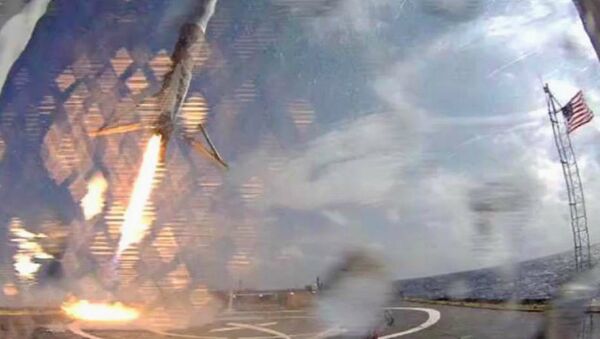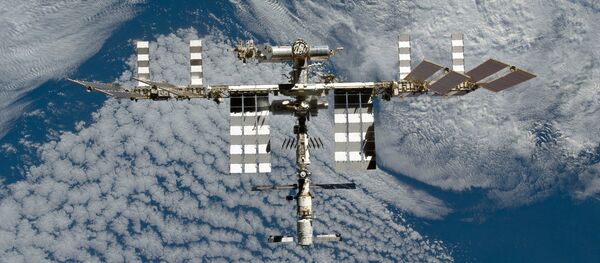In January SpaceX — the California-based brainchild of Tesla Motors CEO Elon Musk — launched its Falcon9 rocket carrying 1.6 tons of supplies destined for the ISS.
— SpaceX (@SpaceX) January 26, 2015
Though the Dragon spacecraft carrying the supplies was successfully launched into orbit, the rocket did not make a nice soft landing on a floating platform in the ocean as intended. Instead it crashed into the platform and broke up into pieces.
— Elon Musk (@elonmusk) January 10, 2015
The April 14 landing also successfully launched its resupply ship, and the rocket looked like it was going going to touch down safely, when the operation flopped. Literally. SpaceX CEO Elon Musk tweeted that "excess lateral velocity" caused it to tip over after touching down.
— SpaceX (@SpaceX) April 15, 2015
The January landing's problems were attributed to fins at the top of the rocket that are used for guidance. Musk tweeted that they ran out of hydraulic fuel, meaning they could no longer steer the rocket to it's tiny floating platform.
The problem with April's landing was completely different, however, which means the previous problem was corrected.
April's post-landing flop was due to a problem with its legs. The video shows that the rocket started to tip during the landing, indicating that the legs are too short to support it if its moving too fast and landing too hard with more than a certain amount of lateral movement. Musk attributed the tipping motion to "slower than expected throttle valve response." It just came down too fast.
— Elon Musk (@elonmusk) April 14, 2015
The failed landing marks SpaceX’s latest step towards proving that reusable rocket technology is within reach.
Usually, launch rockets are allowed to break up into pieces or sink into the ocean, but that has become an enormously costly practice, basically throwing away millions of dollars whenever a rocket is launched and never used again.
Building a new one, for instance, costs $54 million. Reusing the rocket costs a fraction of that: about $200,000 for fuel.
SpaceX is under a $1.6 billion supply mission contract for NASA, and the April launch to resupply the ISS was the company’s sixth mission.
— Intl. Space Station (@Space_Station) April 21, 2015




